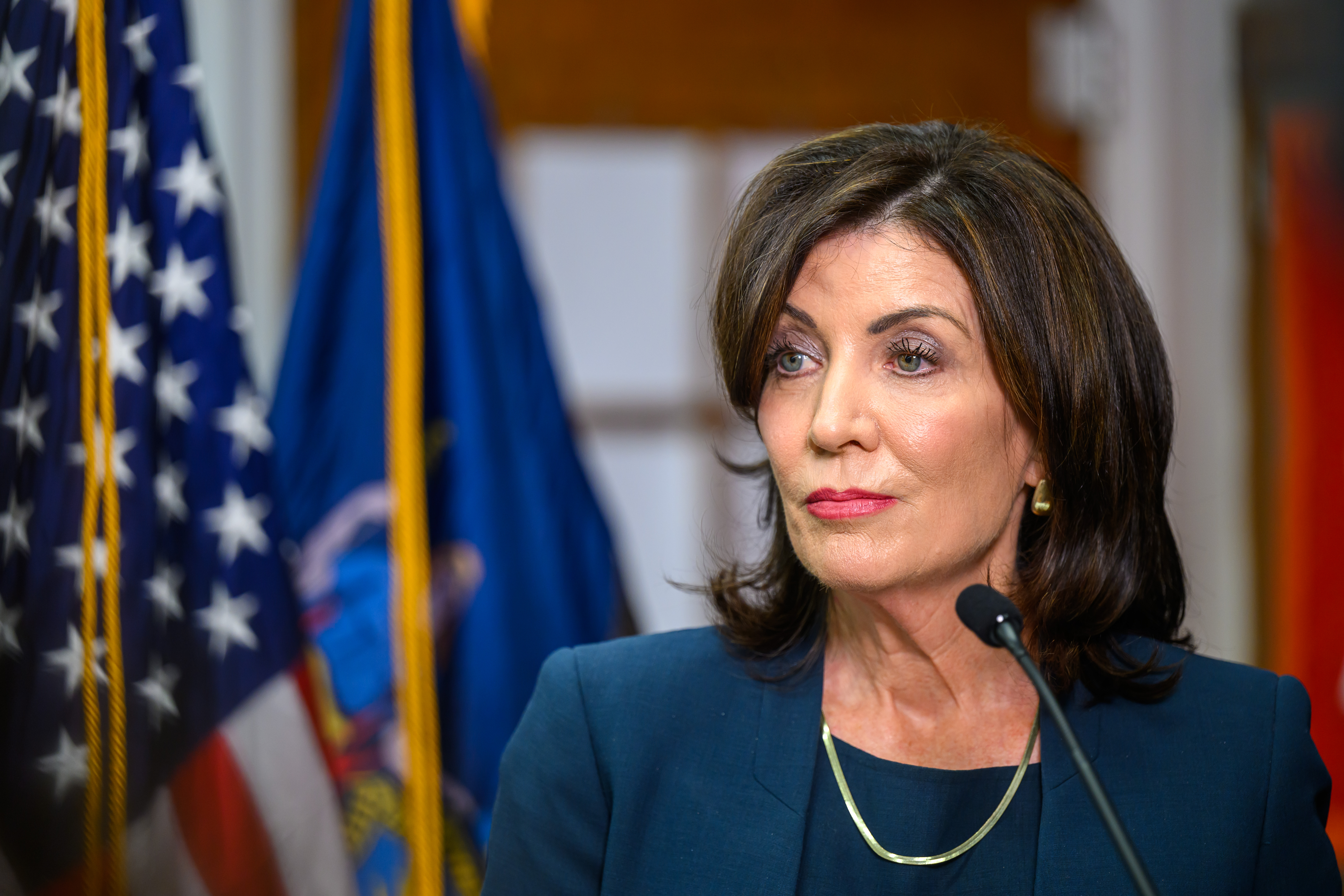“It’s really quite concerning,” Laura Bachmann, acting director of the CDC’s STD office, told POLITICO. “We need to do things differently. We need more investment in infrastructure, innovation, treatment, diagnosis, prevention — there’s a lot of work to be done.”
But public health experts worry they won’t have adequate resources to do that work given ongoing gridlock over this year’s budget on Capitol Hill and a possible $400 million cut to disease investigators if Congress abides by a spending agreement it reached with President Joe Biden last year whenever it passes fiscal 2024 appropriations legislation.
That deal remains up in the air after Congress kicked the can until early March to allow more time for budget negotiations, but House Speaker Mike Johnson and Senate Majority Leader Chuck Schumer have indicated that they largely plan to stick with the previous deal and, if anything, there will be additional cuts to government programs.
A December survey by the National Coalition of STD Directors found that those cuts — if they take effect — would force public health departments to lay off more than 800 disease trackers in 2024 and another 190 in 2025. The job losses, the group says, would mean fewer people helping patients use the HIV prevention medication PrEP, testing for STDs and referring people for treatment, contact tracing, and working on outbreaks of other infections like viral hepatitis and tuberculosis.
“We know that the disease intervention specialists have an important role in controlling syphilis — not just the contact tracing and partner services piece, but also they really know the community,” said Bachmann. “They understand the culture. So that’s going to be even more challenging now.”
Some of the places with the worst STD rates stand to be hit the hardest by the cuts.
Texas, the state with the most cases of congenital syphilis in 2022, is set to lose 83 disease trackers this year. Arizona, which is seeing the highest rates of HIV since the late 1980s and the nation’s third-highest rate of congenital syphilis, will lose 60.
Rebecca Scranton, the deputy bureau chief for infectious disease and services at the Arizona Department of Health Services, told POLITICO that if Congress moves forward with the cuts, they’ll have to cut their STD testing work in half starting next year.
“No matter what happens, we’re still going to support Arizonans however we can,” she said, adding that they have four vacant positions they’re unable to backfill. “But it definitely makes it harder.”
The Biden administration launched the National Syphilis and Congenital Syphilis Syndemic Federal Task Force last year to address the mounting crisis.
Rachel Levine, the chair of the task force, told POLITICO that since last year the group has focused on promoting more timely testing, particularly of pregnant people, improving access to drugs people can take after a potential exposure, and more attention to racial disparities fueled by poverty and poor access to health care.
“We’re very concerned about the increases in the American Indian and Alaskan Native community,” she said, but stressed that the problem cuts across the entire population. The 14 priority states with the highest congenital syphilis rates that the task force is focused on include both blue states like California and New York and red states like Arkansas and Florida. Within those states, they’re hoping to zero in on the high rates of people who struggle with addiction and people leaving jail or prison — two populations at high risk for syphilis.
The taskforce has set a goal of increasing by 5 percent the percentage of syphilis cases prevented through testing and treatment by September. But Levine, a pediatrician by training, stressed that the vast majority of congenital syphilis cases are preventable if infections are caught and treated in time, which can only happen if more doctors get comfortable asking patients about their sexual history and testing them for the infection.
“That is our goal: less cases of syphilis, fewer babies impacted by syphilis,” she said.







.png)
 10 months ago
55
10 months ago
55



 English (US)
English (US)